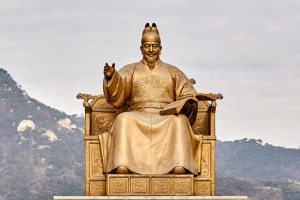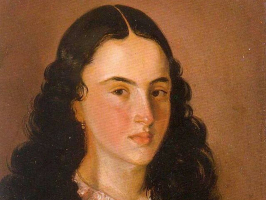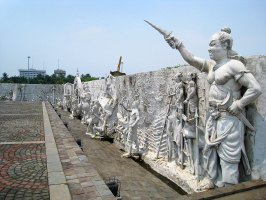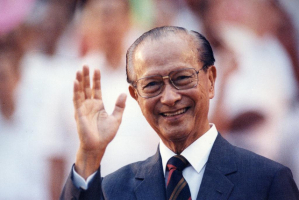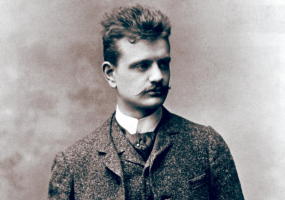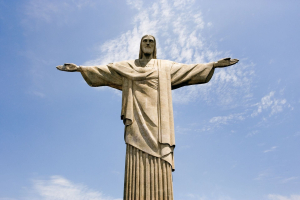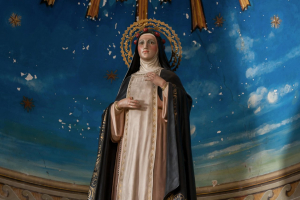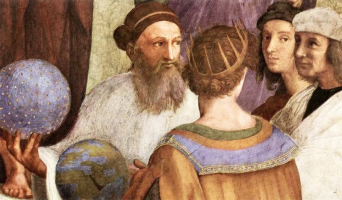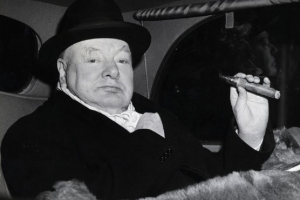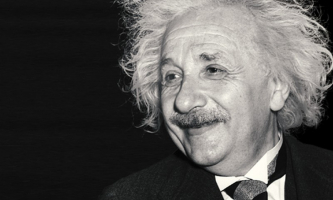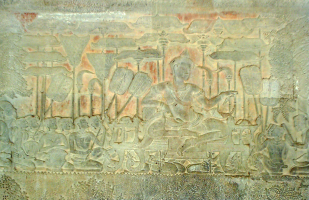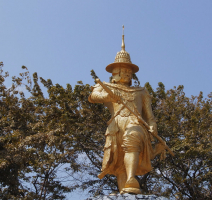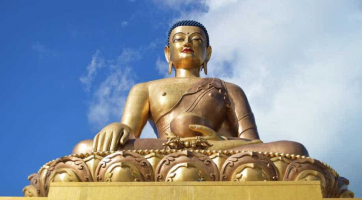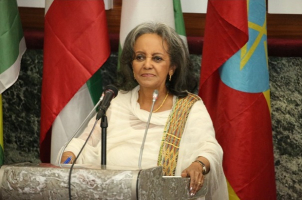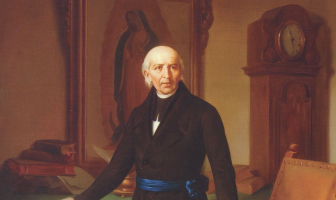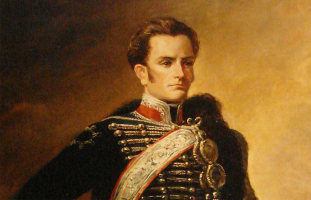Top 5 Most Important Historical Figures In Angola
Angola, officially the Republic of Angola, was formerly known as Portuguese West Africa. The majority of the population is Bantu-speaking; the main ethnic ... read more...groups are the Ovimbundu and the Mbundu. There have been many outstanding characters throughout Angola's history who will live on in the minds of the people. Toplist has compiled a list of the most important historical figures in Angola.
-
Nzinga Mbande (1583 - 1663) was Queen of the Ambundu Kingdoms of Ndongo (1624-1663) and Matamba (1631-1663), located in present-day northern Angola. Born into the ruling family of Ndongo, Nzinga received military and political training as a child, and as an ambassador to the Portuguese Empire, she demonstrated an aptitude for defusing political crises. She later ascended to power in Ndongo following the deaths of her father and brother, both of whom served as kings, and went on to conquer Matamba. She ruled during a period of rapid growth in the African slave trade and encroachment of the Portuguese Empire into South West Africa in an attempt to control the slave trade. During her 37-year reign, Nzinga fought for the independence and stature of her kingdoms against the Portuguese.
Among the most important historical figures in Angola, Nzinga has become a historical figure in Angola and the wider Atlantic Creole culture in the years since her death. She will be remembered for her intelligence, political and diplomatic acumen, and military strategy.
She is remembered in Angola today as the Mother of Angola, the negotiator, and the protector of her people. She is still regarded as a remarkable leader and woman throughout Africa, for her political and diplomatic skills, as well as her brilliant military tactics. Accounts of her life are often romanticized, and she is seen as a symbol of the struggle against oppression. Nzingha eventually managed to shape her state into one that tolerated her authority, though surely the fact that she survived all attacks on her and built up a strong base of loyal supporters helped. While Njinga clearly had not overcome the idea that females could not rule in Ndongo during her lifetime, and had to 'become a male' to retain power, her female successors faced little difficulty in being accepted as rulers. Queens ruled for at least eighty of the 104 years that followed Njinga's death in 1663. Nzingha is a role model for Angolan women of all generations. Women in Angola today have remarkable social independence and can be found in the army, police force, government, and public and private economic sectors. During the civil war, Nzingha was embraced as a symbol of the People's Movement for the Liberation of Angola.
A major street in Luanda is named after her, and a statue of her was erected in Kinaxixi on a grand square in 2002 to commemorate the country's 27th anniversary of independence. Angolan women frequently marry near the statue, particularly on Thursdays and Fridays.
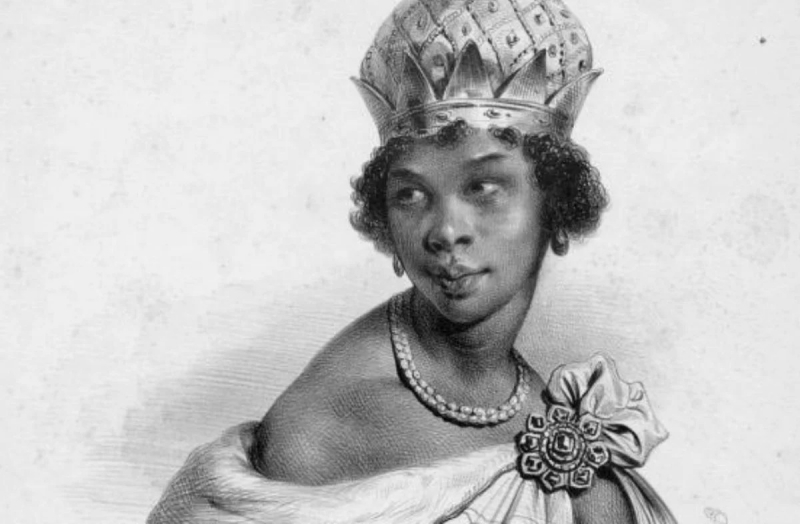
themarysue.com 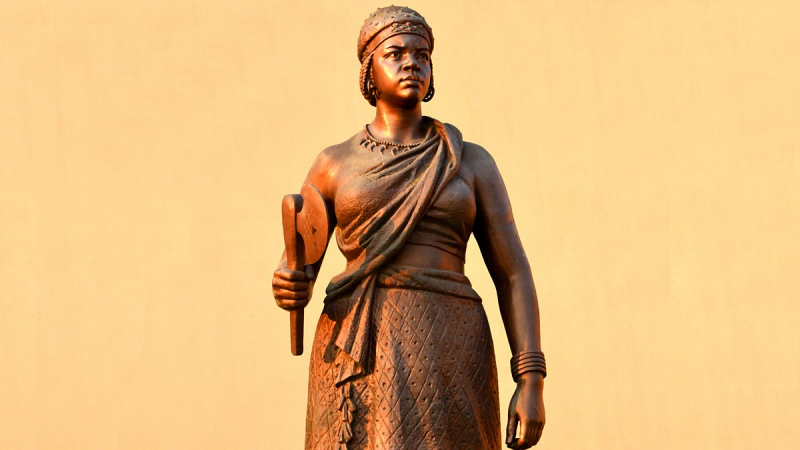
bbc.co.uk -
Mandume ya Ndemufayo (1894 - 6 February 1917) was the last Oukwanyama king, a subset of the Ovambo people of southern Angola and northern Namibia. Ya Ndemufayo ascended to the throne in 1911 and reigned until 1917, when he died by suicide or machine gun fire while under attack by South African forces. Ya Ndemufayo is regarded as a national hero in both Angola and Namibia and one of the most important historical figures in Angola.
No European colonizer dared to challenge the well-organized and well-armed Ovambo kingdoms until 1915, when World War I began, coinciding with a massive local drought. During the Battle of Omongwa, ya Ndemufayo and the Kwanyamas held out for three days against a Portuguese attack. Concurrently, South African forces peacefully conquered the portion of the Oukwanyama kingdom that was previously located in German South West Africa. Ya Ndemufayo was forced to relocate the Kwanyama capital to the area of South West Africa due to heavy losses. Ya Ndemufayo died in battle against the South Africans in February 1917, after refusing to submit to South African control. The cause of his death is debatable; South African records show that he was killed by machine-gun fire, while oral and popular history describe his death as suicide.
Following his death in 1917, the Oukwanyama kingship was abolished until Cornelius Mwetupunga Shelungu was appointed chief in February 1998.
Mandume ya Ndemufayo is one of nine Namibian national heroes recognized at the inauguration of the country's Heroes' Acre near Windhoek. Ya Ndemufayo is honored with a granite tombstone with his name engraved and his portrait plastered onto the slab.
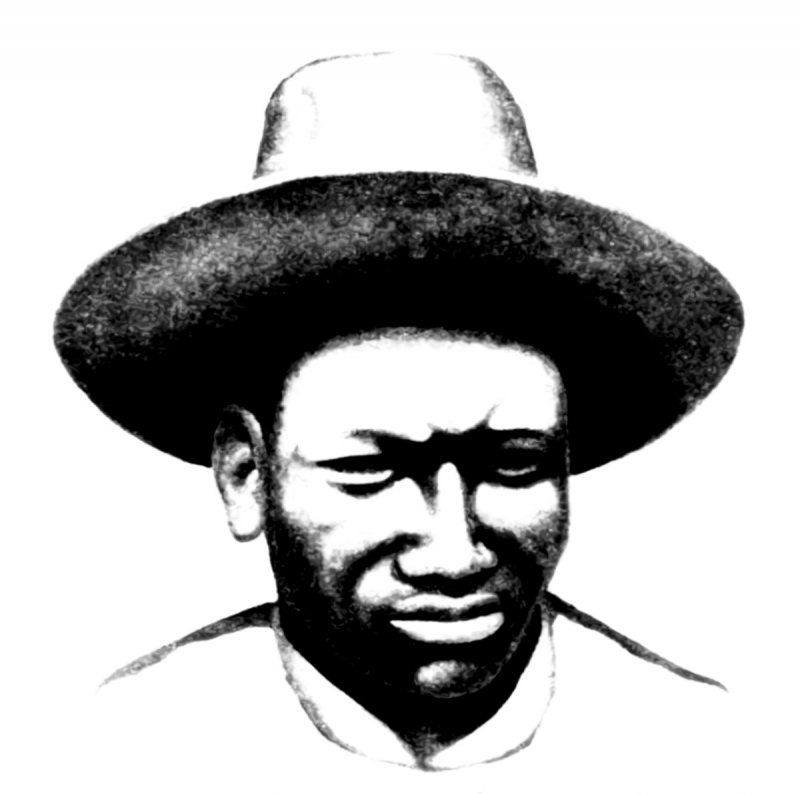
commons.wikimedia.org 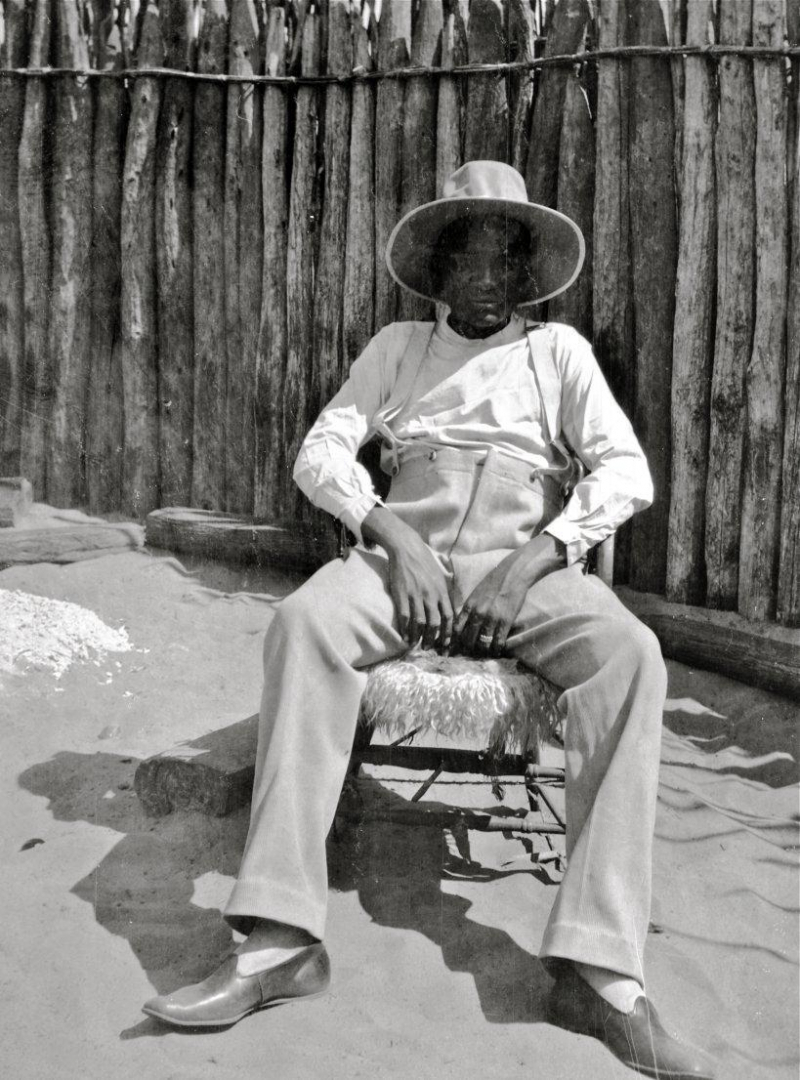
twitter.com -
António Agostinho da Silva Neto was an Angolan politician and poet who died on September 10, 1979. He was Angola's first president from 1975 to 1979, having led the Popular Movement for the Liberation of Angola (MPLA) in the country's independence war (1961-1974). He led the MPLA in the civil war until his death (1975-2002). He is also well-known for his literary activities and is regarded as Angola's foremost poet. In Angola, his birthday is observed as National Heroes' Day, a public holiday.
Neto was awarded the Lenin Peace Prize by the Soviet Union in 1975-1976. Agostinho Neto University, a public university in Luanda, is named after him. In his honor, Chinua Achebe wrote the poem Agostinho Neto. An airport in Santo Anto, Cape Verde, is named after him in honor of the beloved work he did there as a doctor. For the same reason, Cape Verde's main hospital in Praia is known as "Hospital Agostinho Neto" (HAN). There is also a morna in his honor. Dr Agostina Neta street in New Belgrade, Serbia, is named after him.
In Ghana, a street named after him (Agostinho Neto Road) can be found in the capital's Airport City. During one of his few unofficial visits to Bulgaria in 1973, Neto met the woman with whom he had a daughter, Mihaela Radkova Marinova, who was raised in Bulgarian orphanages. Neto's family has not acknowledged the child's existence. A DNA test conducted in 2013 revealed that she is Neto's daughter with 95% certainty.

en.wikipedia.org 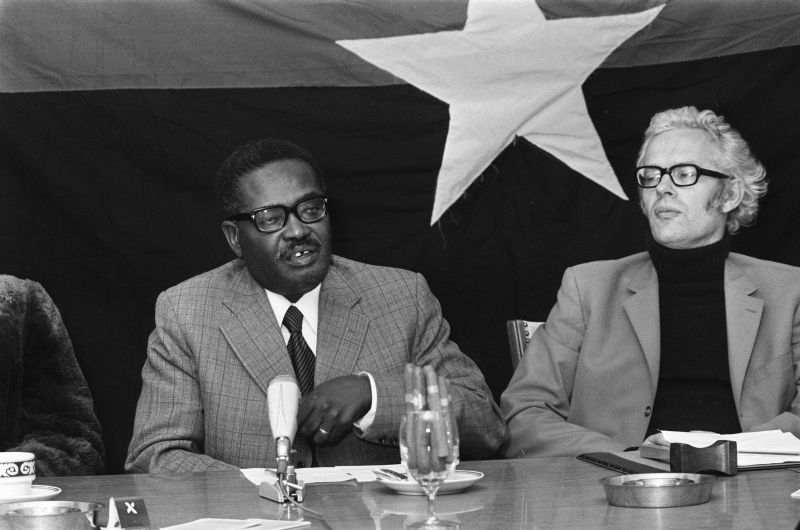
commons.wikimedia.org -
Jonas Malheiro Savimbi (March 3, 1934 - February 22, 2002) was an Angolan revolutionary politician and rebel military leader who founded and led the National Union for Total Independence of Angola (UNITA). He is regarded as one of the most important historical figures in Angola. From 1966 to 1974, UNITA waged a guerrilla war against Portuguese colonial rule, then clashed with the People's Movement for the Liberation of Angola during the Angolan Civil War. In 2002, Savimbi was killed in a clash with government troops.
Savimbi was killed on 22 February 2002, after surviving more than six assassination attempts and being reported dead at least 16 times, in a battle with Angolan government troops along riverbanks in the province of Moxico, his birthplace. During the firefight, Savimbi sustained 15 gunshot wounds to his head, throat, upper body, and legs. Savimbi returned fire, but his wounds were fatal; he died almost instantly.
Savimbi's somewhat mystical reputation for eluding the Angolan military and their Soviet and Cuban military advisors led many Angolans to doubt the veracity of reports of his death in combat until pictures of his bloodied and bullet-riddled body appeared on Angolan state television and the United States State Department subsequently confirmed it. He was laid to rest in the Luena Main Cemetery in the Mexican province of Moxico. On 3 January 2008, his tomb was vandalized, and four members of the MPLA's youth wing were charged and arrested. His body was exhumed and publicly reburied in 2019.
António Dembo took over as UNITA's interim leader in February 2002, succeeding Savimbi. But Dembo had been wounded in the same attack that killed Savimbi, and he died ten days later, leaving Paulo Lukamba in charge. Six weeks after Savimbi's death, UNITA and the MPLA signed a ceasefire, but Angola remains politically divided between MPLA and UNITA supporters. A parliamentary election in September 2008 yielded an overwhelming majority for the MPLA, but international observers questioned its legitimacy.
Savimbi's legacy has been a source of contention in the years since his death. "a very charismatic man, a man who exuded power and leadership. We can't forget that for a large segment of the population, UNITA represented something," Alex Vines, head of the Africa program at London-based Chatham House research institute, said in February 2012. University of Oxford Africa expert Paula Roque says Savimbi was "a very charismatic man, a man who exuded power and leadership. We can't forget that for a large segment of the population, UNITA represented something
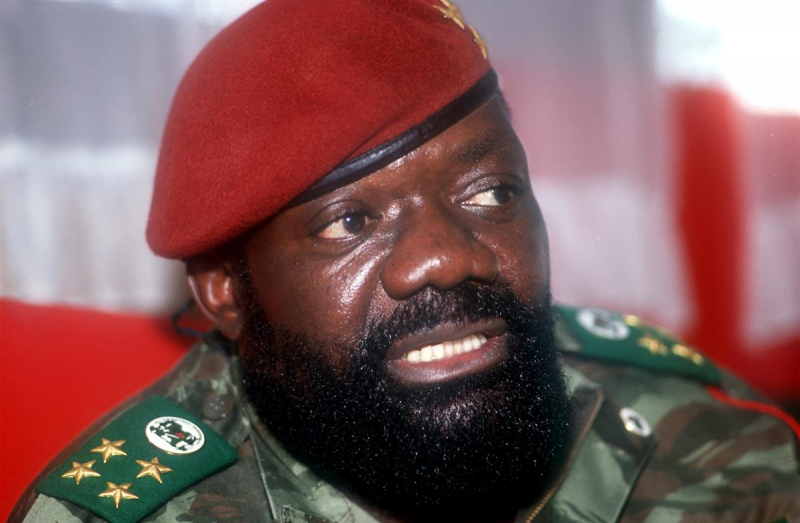
news.yahoo.com 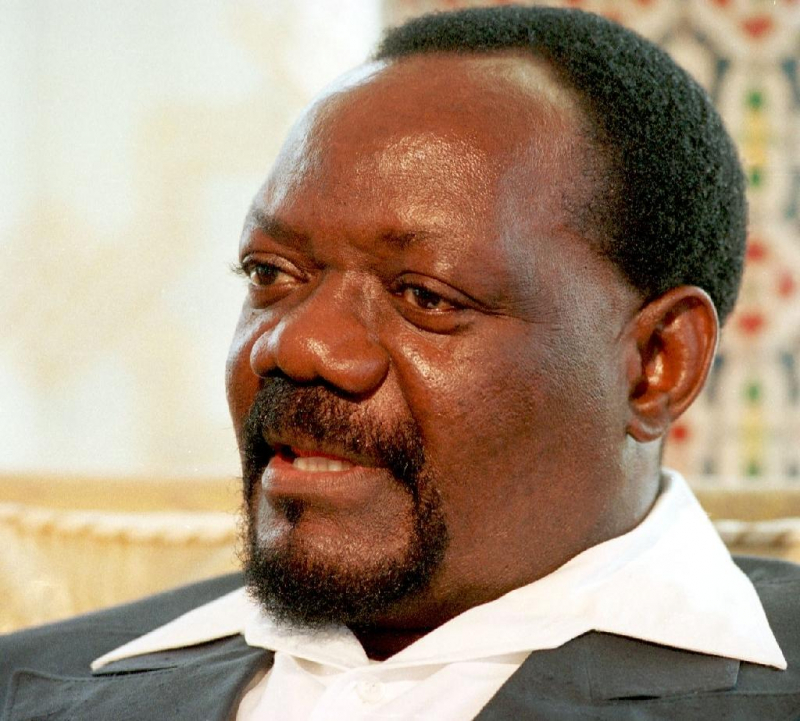
verangola.net -
José Eduardo dos Santos (28 August 1942 - 8 July 2022) was the President of Angola from 1979 to 2017. Dos Santos served as president, commander-in-chief of the Angolan Armed Forces (FAA), and president of the People's Movement for the Liberation of Angola (MPLA), the party that has ruled Angola since its independence in 1975. Considered among the most important historical figures in Angola, he was Africa's second-longest-serving president, trailing only Teodoro Obiang Nguema Mbasogo of Equatorial Guinea.
While still in school, Dos Santos joined the MPLA, an anti-colonial movement, and earned degrees in petroleum engineering and radar communications while studying in the Soviet Union. Angola was established in 1975 as a Marxist-Leninist one-party state led by the MPLA, following the Angolan War of Independence. Dos Santos held several positions in the government of Angola's first president, Agostinho Neto, including Minister of Foreign Affairs.
Following Neto's death in 1979, dos Santos was elected president, backed by the Soviet Union and inheriting a civil war with Western-backed anti-communist rebels, most notably UNITA. By 1991, his government had reached an agreement with rebels to establish a multi-party system while transitioning the MPLA's ideology from communism to social democracy. He was elected president of Angola in 1992, defeating UNITA leader Jonas Savimbi, and presided over free-market economic liberalization and the development of the country's oil sector. During the First Congo War in 1996, he helped lead a rebel invasion of neighboring Zaire, leading to the overthrow of UNITA ally Mobutu Sese Seko and the installation of Laurent-Désiré Kabila as President in 1997. During the Second Congo War, from 1998 to 2003, he backed Kabila's government, and later that of his son Joseph, against several UNITA-allied rebel groups. Following Savimbi's death, the MPLA won the civil war in 2002. He retired from the presidency in 2017, after winning a second presidential term in the 2012 election, and was succeeded as president by party-mate João Lourenço.
Dos Santos, a controversial figure, received numerous international awards for his commitment to anti-colonialism and promotion of peace negotiations with rebels to end wars, as well as for improving Angola's economy and attracting significant foreign investment. He was accused of being a dictator and of establishing one of Africa's most corrupt regimes, with a deeply entrenched patronage network.
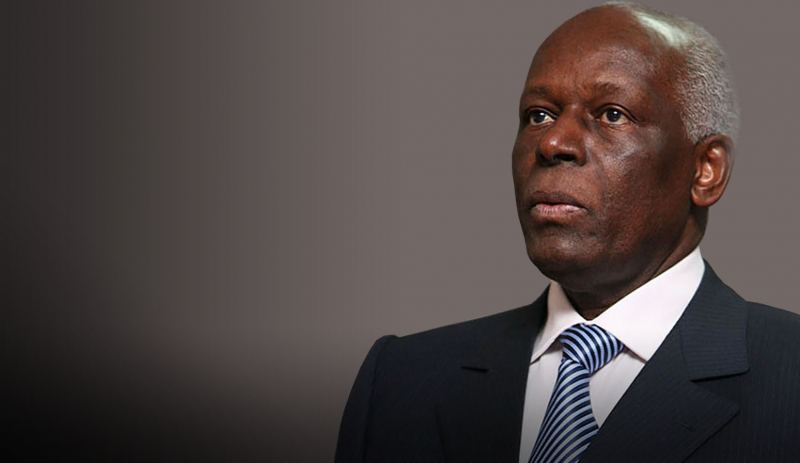
vietnamplus.vn 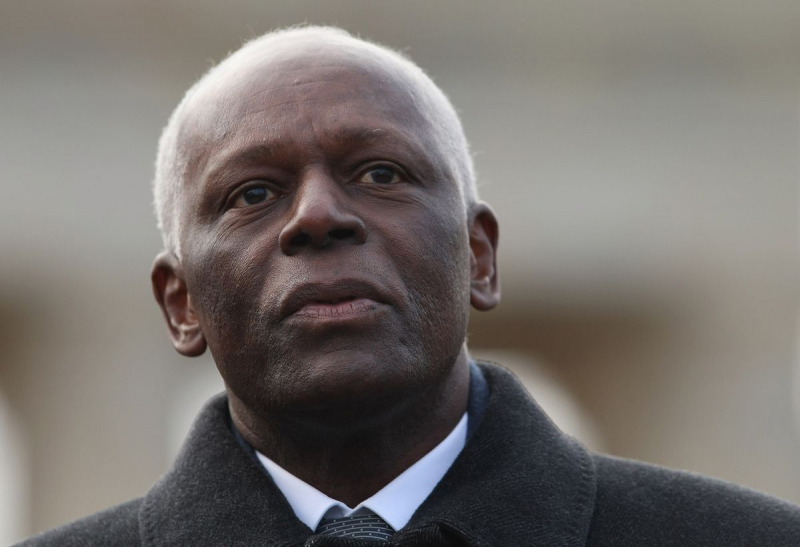
bloomberg.com









